The Isoly series is probably best known for the humble Isoly I, the camera that launched a 1000 Diana clones. But the series also feature a range of other models including the top of the range Isoly III which makes for a rather good 120 P&S
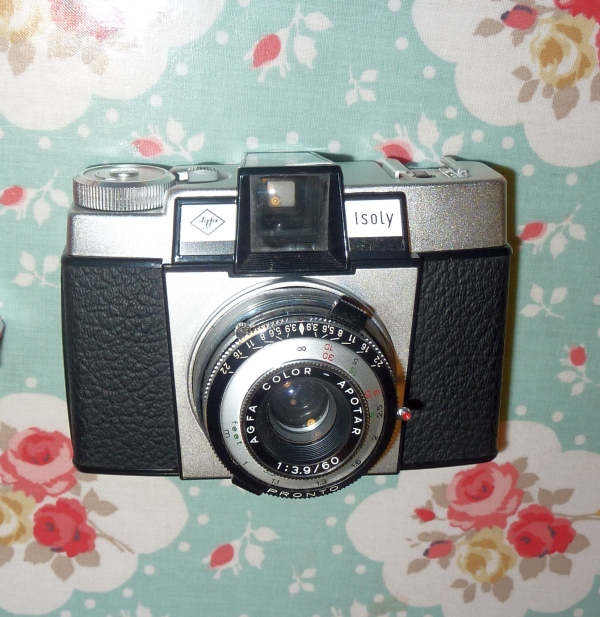
Don’t mistake for it’s little brother the Isoly 1 (irritatingly Agfa didn’t always print model number as you can see here). They may share the same body design and viewfinder but that’s about it. The mechanics and lens are much better with a 3 element glass lens backed with a prontor variable shutter
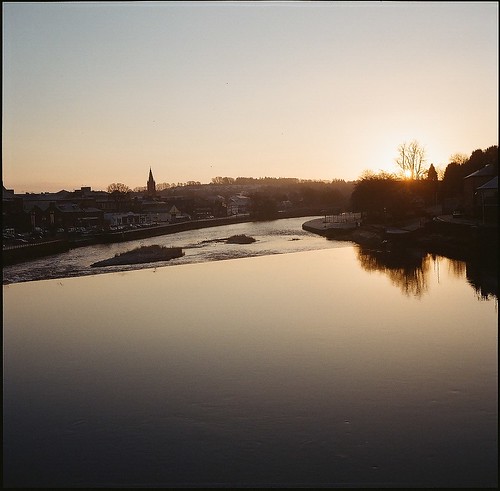
Agfa Isoly III Specs
- Lens: Agnar or Apotar 60mm
- Focus : Scale
- Metering: None
- Aperture: f/3.9-22
- Shutter: 1/30-1/250 + B
- EV 100asa: 9-17
- Filter-Thread: None
- Film Mask : 120 4x4cm
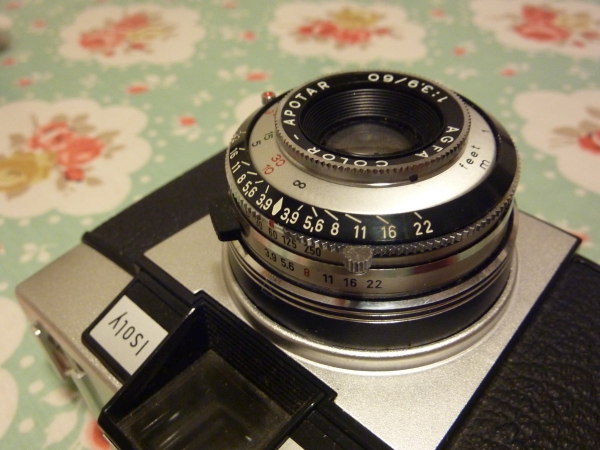
If you’ve a modern Diana F+ or have an old Diana the shape will seem instantly familiar. The plastic body is quite stylish and obviously was so good it was nicked as a design for the old Diana. Unlike the Isoly I the film plate is flat but otherwise the difference is all up front. Like the Isoly I & the Diana F+ you open the film compartment by turning a switch on the base and slide off the back.
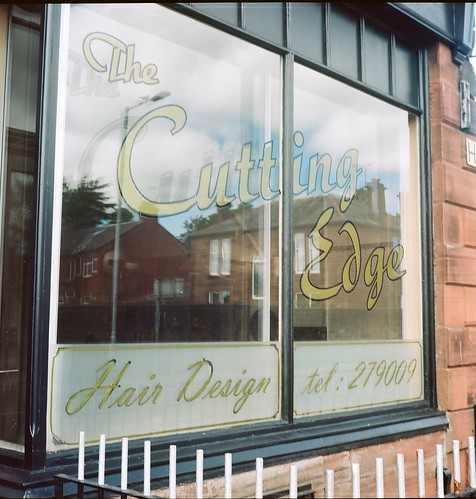
Focus is a scale affair with the lens barrel also given a helpful Depth of Field (DoF) scale. Behind that is the shutter speed ring. You’ll need to manually cock the shutter by a small lever on the top side of the lens (don’t touch the timer lever on the bottom) . Nearest the body is the aperture ring. There is no metering (the Isoly Mat based on the Isoly IIa offers a coupled selenium meter) but I can’t think of 120 P&S that offered as much flexibility as the Isoly III and it matches some of my 70’s and 80’s Japanese compacts on EV range. You can shoot up to 400ASA in most standard conditions with impunity.
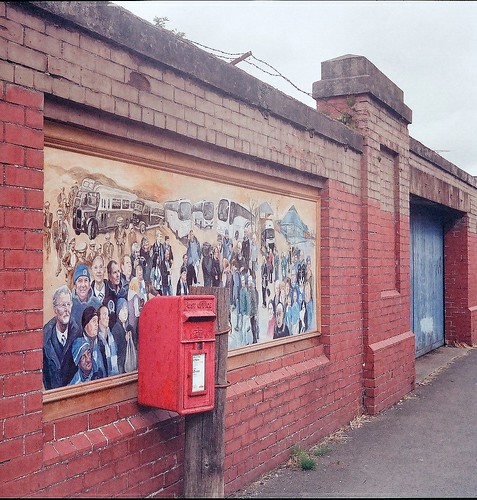
The camera has double exposure prevention, cable release, Tripod mount and unusual for its age a hot shoe flash mount only. The exposure lock is shown in a small hole beside the shutter (locked on red – can fire on white). The manual suggests any shutter speed can be used with an electronic flash. There is a timer but don’t touch it !!

And this camera works pretty well as a 120 P&S with crisp accurate shots when I get the exposure right and is probably the best clinically 120 P&S I’ve ever used. The images are 4×4 which mean whilst you lose out on negative size you gain with 16 shots on a roll.
Just don’t touch the timer. I did and I still don’t know if the 1/30 setting was knackered before I used it or not. Certainly old 120 cameras tend to develop issues more so with slower shutters but I stupidly touched it before I tested and now it’s more like a 1/2 (yup the timer jammed).
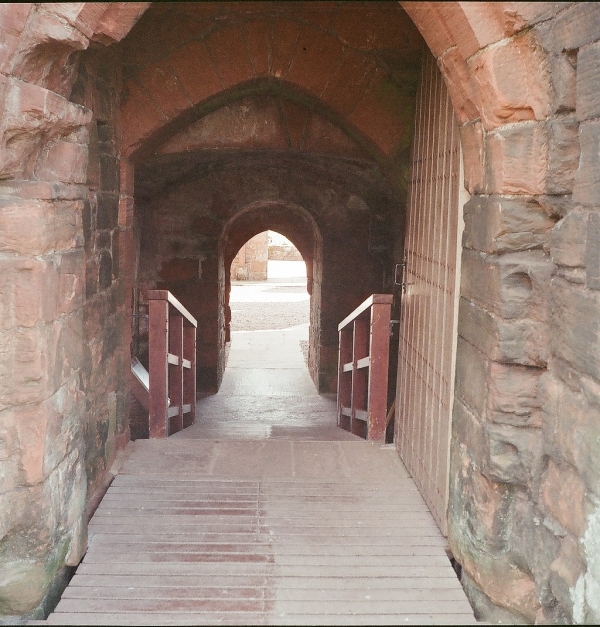
A classic 120 P&S. Maybe not one for lomo style shots nor does it have the boggling versatility you get with a modern Diana F+ or Holga regarding interchangeable lens, backs etc but this is the most flexible to shoot fixed lens 120 P&S I know.
Alternatives
- Lomography Diana F+ – Closest modern equivalent
- Agfa Isoly I – more limited little brother
- Halina 6-4 – Glass lensed 120 P&S from Haking
Helpful links
- Manual & Review at Classic Panorama Photography
- Isoly Series at Camera-wiki.org
- Vintage Agfa : 120 Format Group at Flickr
- Isoly III specs at optiksammlung.de (German)
- Manual & Perspective on Gunter Porst’s site (German but manual can be found in both German & English on PDF link)

Hi Alan,
Thanks for the review, i will be receiving soon a copy i found at our version of craigslist, here in the Netherlands.
Though i am curious how you have dealt with the light leak of the red window at the back, i.e. frame counter?, as i have read from most users/owners of these kind of cameras, this is something to take into account.
Very much thanks for your advise.
Take care
Kiran – You can use black duct tape on the window, folding it over a bit on the end so you can grasp it easily when advancing the film.
Hi Mike,
Thats a good idea.
Actually i used the camera on vacation in the Philippines last month.
Enough sun there. 42 degrees C outside. Beach, water, rain, sand etc, so had to to take care of it, but survived.
I did not use something to block the counter window, as i use it without the never ready case.
Nothing happened, film came out great !
This camera is really the gem of gems, i recommend it to everyone, interested shooting 120mm. I am very happy.
I am now checking for filters and hood to make it complete. It will for now travel next to my whatever 35 mm, 🙂
Hi, have you found filters or hoods for this? I’ve been looking for a lens cap as I don’t like using the ever ready case.
Hi Peter,
Yes, i have found a hood for it, there are several 32mm push on hoods for few quid on ebay, it’s a snug/tight fit, but you can pry the sides a bit to make it fit well.
You can try your luck with also 32mm push on filters, cost depending on the brand i.e. i think also Leica has some , i have not tried it, 🙂
Gr Kiran
Just wanted to say a thank you for this review. It inspired me to finally give 120 a go! I’ve been nervous of medium format and wanted something similar to a 35mm experience but not a toy camera. I’ve had a lot of fun with an Isoly iii I got on eBay from Germany. Just got my first film back from the lab and delighted with the results. Really straight forward to use. Having come from the Trip 35 the focusing was very familiar!
https://flic.kr/p/2mEaw3D
I just loaded 120 Ilford film for the first time in my Isoly III. Do you guys know how to optimize the number of exposures? I heard you are supposed to get 16 shots with a 4×4 camera, but as 127 film is really hard to get, how to know when to stop unwinding with 120 film?
Like most 120 cameras there is a small red window on the rear which shows when you have wound onto the frame. Load the film (if you’re not sure Ilford has a youtube guide for loading a Holga which is similar except how you secure the film compartment https://youtu.be/bR_oSKKOe3U?t=191)
As you’ll see in that video as you wind on 3 circles start to appear (some backing has increasing or same sized dots) followed by a number stop when you get the number ideally in the centre of the red window. Take your shot and repeat. You’ll get 16 frames out of the Isoly III. Once done all 16 keep winding until the backing paper disappears completely in the red window. Open the camera and remove the exposed film spool taking care not to let it unravel. There should be a small adhesive strip – some you need to lick some just peel of the adhesive cover (like a sticker). Make sure you fold the end of the backin paper under where suggested as it makes it easier to handle in labs before sticking down. I’m neurotic so i tend to put a small rubber band round (those kids Loom bands are perfect) but dont apply tightly you just wanna make sure it doesn’t unravel.
Thanks for your answer Alan. My point was that the 120 film is made to take 12 exposures at the most with a 6×6 camera. But when I load it, the film “doesn’t know” I’ve put it in a 4×4 camera, that can take up to 16 shots. Therefore I guess the numbers that we can see behind the red window are spaced by 6cm and not 4cm, which means I can only shoot 12 times instead of 16. Did I understood that correctly or am I wrong ?
I just found my answer in this video https://www.youtube.com/watch?v=bR_oSKKOe3U&t=191s at 1:30. The red window is placed at a different height according to the format of the camera ! (a 4×4 camera has its window at the bottom while a 6×6 at the top, more dots and numbers are written on the bottom than on the top).